In recent years, a person without a smartphone has become a rarity. Of course, the business adequately responds to huge demand. As a result, today more than 600 companies produce phones. But almost 80% of the global market belongs to only ten major manufacturers. This list includes South Korean Samsung (19%) and LG (3%), American Apple (12%), Finnish Nokia (1%) and Chinese Huawei (13%, including Honor), Xiaomi (9%), Oppo (9%), Vivo (8%), Lenovo (3%, including Motorola), OnePlus(1%), and Tecno (1%).
Almost all leaders annually offer dozens of new models. As a result, today each price segment offers hundreds of smartphones from different brands, providing the highest level of competition to the delight of consumers.
Introduction
Traditionally, functionality has been one of the main selection criteria. Therefore, companies are actively expanding it, increasing the competitiveness of their models. To some extent, the modern smartphone has become a universal pocket PC with fairly high-quality media functions, including a camera, projector, game console, etc. For example, companies already offer projector mobile phones with a projector function, including the very popular Blackview MAX 1 Projector Mobile Phone.
But the expansion of the functions of photo and video camera has become the most sought-after area of their improvement. As a result, after a few years, the market offered a wide range of multi-camera phones or cameraphones. Of course, in addition to increasing the number of modules, companies improve sensors, digital processing algorithms, etc. As a result, almost all modern flagships use sophisticated multi-module systems, providing excellent quality. In fact, the shooting quality of many modern flagships is already surpassing the capabilities of even traditional SLR digital cameras.
As a consequence, modern phones have large number of specs. Of course, users with shooting experience can objectively evaluate them. But many people do not always understand the effect of some specs on shooting quality.
Main camera specs
Typically, specs contains the following data:
– resolution (MP);
– aperture (f/…);
– telephoto lens and wide-angle lens;
– DoF or ToF;
– HDR support;
– OIS (optical image stabilization);
– autofocus (Dual Pixel or Pixel Focus);
– video recording in various formats (for example, 4K 60 FPS);
– pixel size (μm);
– matrix size (for example, 1/2.8″).
Resolution
Of course, resolution refers to one of the basic camera specs and is measured in pixels or megapixels (1 MP = 1,000,000 pixels). As known, the resolution directly affects the detail and clarity of the image.
Of course, the resolution depends on the number of pixels on the matrix surface. Accordingly, campaigns can increase their number by increasing the sensor size or decreasing the pixel size. Unfortunately, increasing the sensor size increases the price and camera size, and reducing the pixel size reduces its light sensitivity. Therefore, companies are forced to choose reasonable compromises in each case.
In any case, modern models rarely use sensors up to 10 MP because of their low resolution. But a too high resolution camera smartphone may also be suboptimal. Experimenting in this direction, some companies sometimes use relatively small high-resolution sensors in budget models. But a too dense arrangement of pixels or their too small size generates high digital noise. Of course, the camera software will be able to filter it, but only by reducing the image detail. As a result, its image quality will be even lower compared to a similar sensor with a lower resolution. Naturally, large expensive sensors of 1/1.7″ and above do not have this problem. For these reasons, companies typically use 12-megapixel sensors of a traditional size.
Of course, high-performance pixel binning technologies, including Tetracell (Samsung) or Quad Bayer (Sony) significantly expanded the capabilities of the camera, providing the adjustment of the pixels number depending on the ambient light conditions.
However, they cannot replace the native sensor resolution.
Sensor
The sensor or matrix is a special microchip with photosensitive photodiodes or pixels.
Light passes through the lens and RGB filters. Then light gets on the photodiodes, which convert it into electrical signals.
Of course, the sensor price depends on its size. Usually, companies indicate the size of the matrix diagonal in inches. For example, the matrix size of the Samsung Galaxy S10+ sensor reaches 1/2.55″, and Xiaomi Mi A2 – only 1/2.9″. Moreover, Samsung and Xiaomi have developed the unprecedented 108-megapixel ISOCELL Bright HMX sensor, which is already used in the Samsung Galaxy S20 5G, Xiaomi Mi Note 10 and Mi 10 Pro.
Of course, the large sensor size allows engineers to increase the number of pixels without reducing their size and, accordingly, light sensitivity. For example, iPhone X uses a 1/2.9″ matrix, and its pixel size reaches only 1.22 microns (μm). The size of the Huawei P20 Pro sensor reaches 1/1.7″ with a pixel size of 1.55 μm.
Thus, the sensor quality depends on a combination of specs, including the number of megapixels, matrix and pixel sizes. As a rule, cameras with a pixel size of less than 1 μm can provide a fairly high quality only with the help of pixel binning.
Types and number of lenses
Many modern smartphones use additional monochrome (black and white) sensors to increase the light flow. It reduces digital noise, increasing overall image quality.
Unlike a color sensor, light enters the monochrome sensor without pre-passing through an RGB filter. But the loss of light flux on the filter reaches 2/3 of all the light from the lens. Accordingly, a monochrome sensor without color filters receives 3 times more light.
An increase in the number of lenses significantly expands the camera capabilities. For example, monochrome cameras increase the picture detail, expand the dynamic range and reduce noise, DoF or ToF sensors imitate the bokeh effect, which is especially popular in portrait shooting.
For example, digital cameras support this option only in expensive SLR models.
In addition, lenses of additional cameras have different focal lengths, expanding the shooting possibilities. In particular, shooting at close range often requires a wide-angle lens, and at a long distance – a telephoto lens.
Aperture
The aperture directly affects the amount of luminous flux incident on the photocells of the sensor.
The operation principle of the aperture is similar to the eye operation. As known, light enters the retina (camera matrix) through the pupil (camera lens). Accordingly, the pupil narrows (the aperture increases) in bright light, and expands (the aperture decreases) in the dark, regulating the light flow on the retina. In fact, the aperture characterizes the size of the opaque part at the sensor input. Specs contain this parameter as f/2.4, f/1.9, etc.
Therefore, the optimal aperture size depends on the shooting conditions. For example, a large aperture is ideal for shooting landscapes, providing high definition images. A small aperture will improve portrait quality.
Of course, an adjustable aperture is the best solution. But today, only some expensive flagships provide this feature. Therefore, companies solve this problem with cameras with different apertures.
HDR mode
Too narrow a dynamic range is one of the main problems of any compact camera. In fact, the dynamic range characterizes the number of displayed tones in the range from the brightest to the darkest part of the image.
For example, the image of the Eiffel Tower against the sky should simultaneously contain the tower and the texture of the sky. But cameras without HDR will be able to provide high enough quality for only one of the components. As a result, we get a normal image of the tower, but lose the sky texture, or get a too dark image of the tower with the original background.
HDR mode solves this problem. In this case, the camera simultaneously takes several pictures, and then the software combines them into one image.
Optical Image Stabilization (OIS) and processor
As known, motion during shooting causes blur the frame. In sunny weather, a high shooting speed usually compensates for this factor. But in low ambient light, a smartphone’s camera sometimes requires a significantly longer time (up to half a second) for capturing a sufficient light flux. In this case, the image may be blurry.
OIS solves this problem, providing smoother shooting and increasing the clarity and brightness in low ambient light. Usually, OIS uses a moving lens or sensor. In this case, the opposite movement of the lens\sensor inside the camera compensates for the movement of the smartphone.
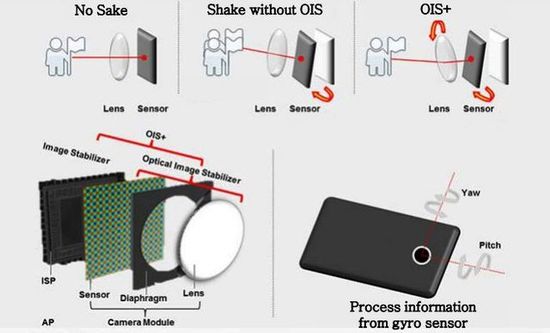
Of course, inexpensive digital stabilization also solves this problem, but today it’s less effective.
In fact, the lens and sensor capture image data and transform them into electrical impulses. Accordingly, their volume and accuracy depends on their specs. But this data array requires further processing, the quality of which directly depends on processor performance and efficiency of image processing algorithms. Ultimately, they provide an implementation of HDR, bokeh effect, digidal OIS and zoom, etc. Therefore, cameras with identical specs often show different quality on different smartphones.
Conclusion
Fierce competition forces companies to improve the price/quality ratio of their models. For example, Xiaomi Mi Note 10 uses a single-chip 8-core Qualcomm Snapdragon 730G mid-range instead of the more expensive and powerful Snapdragon 855+. As a result, the price of a great phone with a world’s first 108MP penta-camera varies within only $ 600. Probably, the logic of reasonable sufficiency will dominate in the near future, providing the necessary competitiveness. In the case of the camera, a large set of modules with expensive high-quality sensors is appropriate only for a fairly expensive camera phone. Probably, the expediency of buying it for a selfie will be doubtful.
The huge resolution in specs can be a marketing ploy in the case of a small sensor size. Such a camera will not be able to provide high image quality due to digital noise. But in general, even a superficial knowledge of the basic principles of shooting allows the user to draw adequate conclusions about the smartphone’s camera quality based on its specs.
This video demonstrates the Xiaomi Mi Note 10 with world’s first 108MP penta-camera.
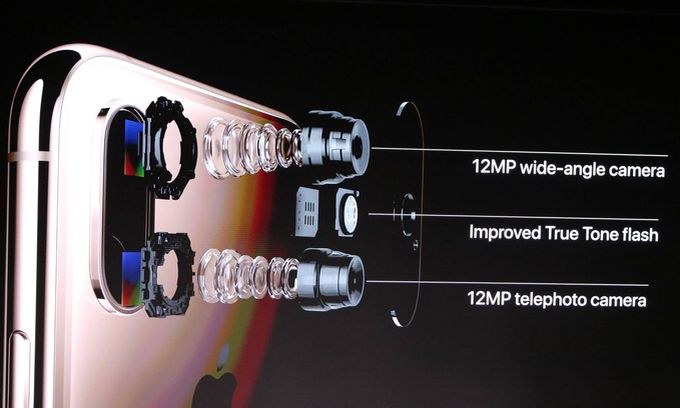
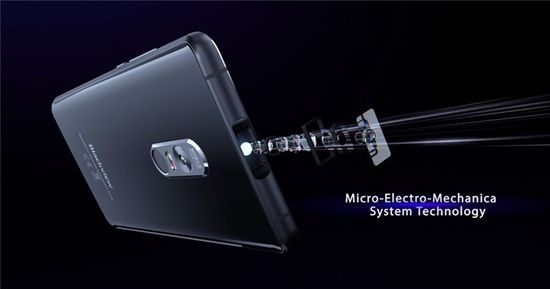
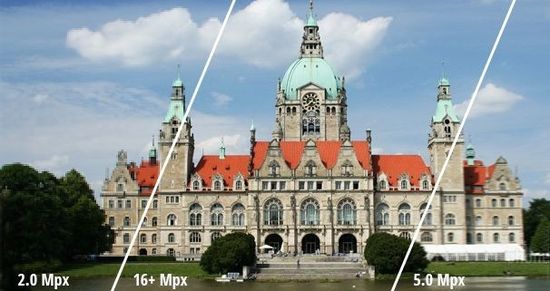
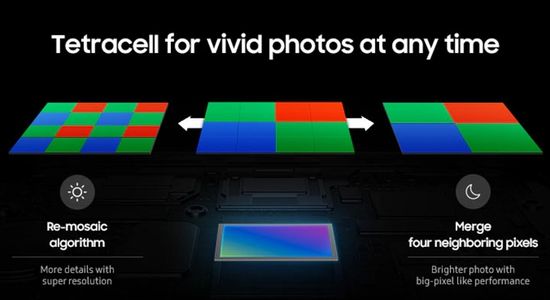
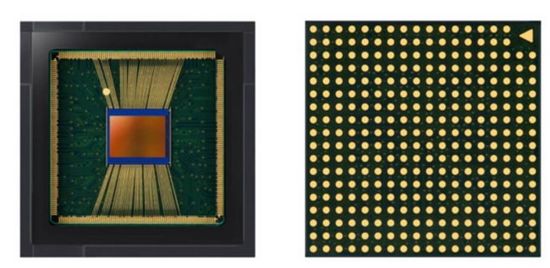


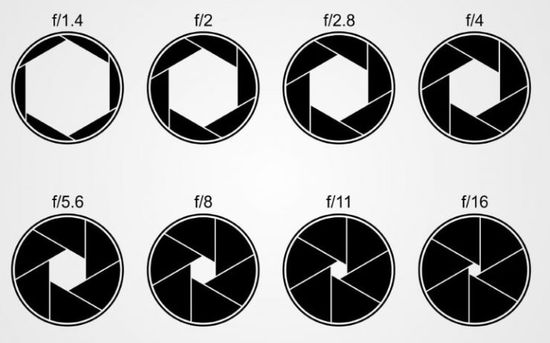


Pingback: Phone functionality, charging usability, battery life and battery longevity - The Appliances Reviews
Pingback: Smartphone digital image processing - The Appliances Reviews